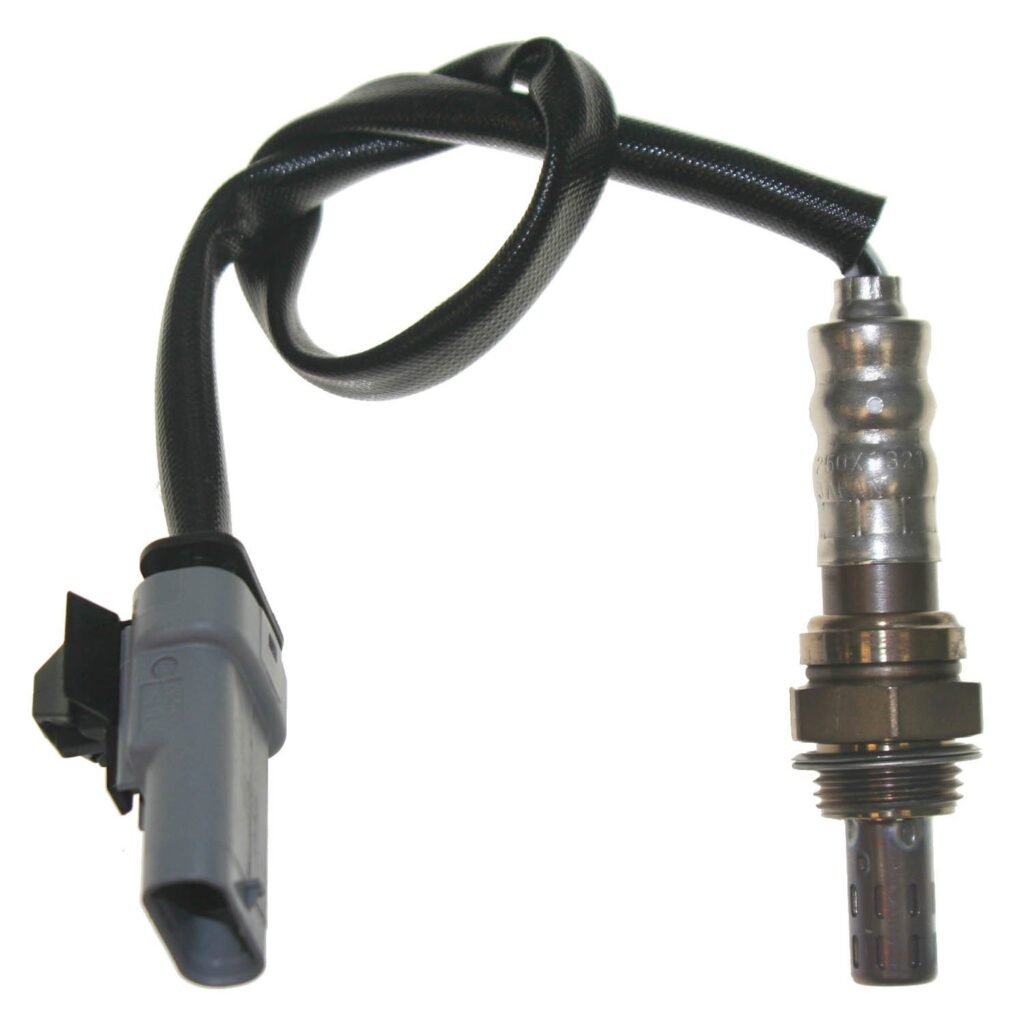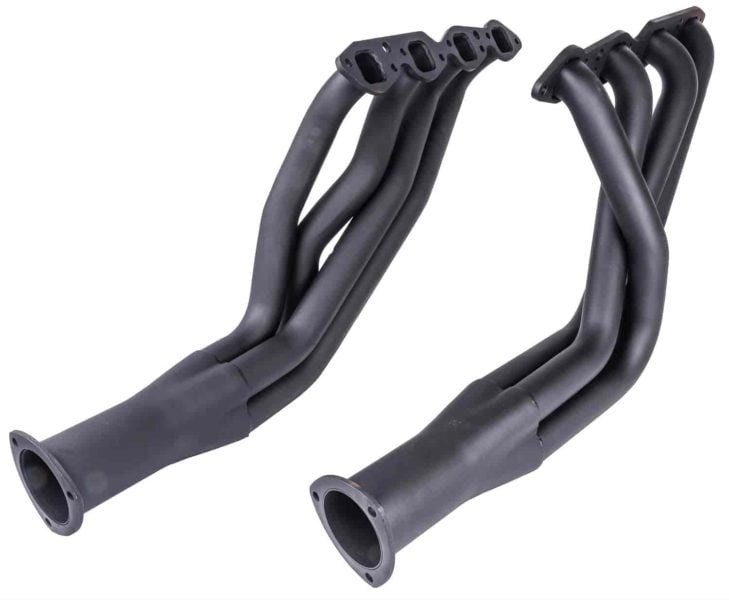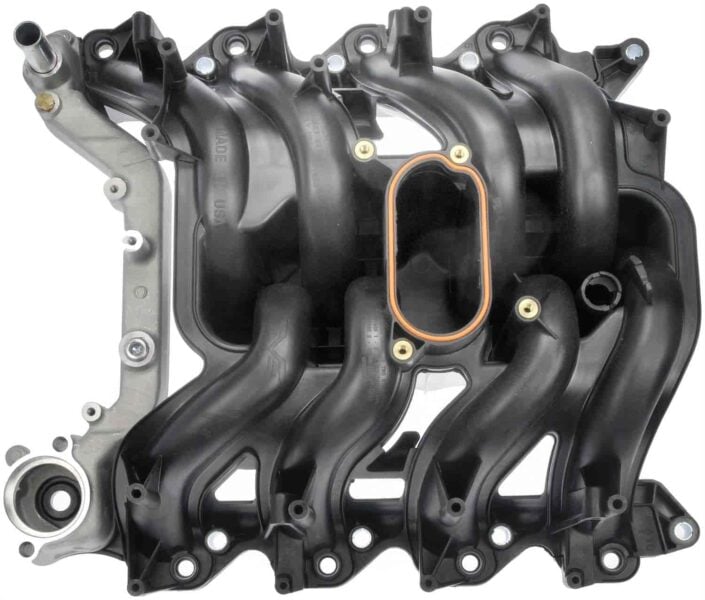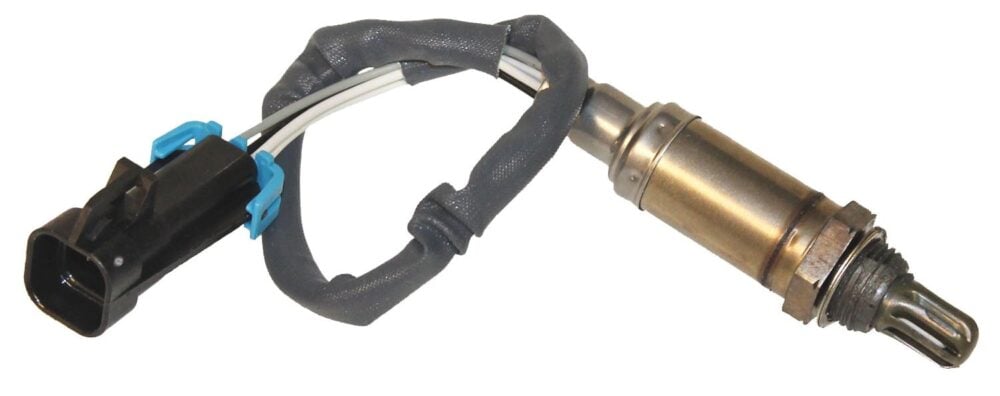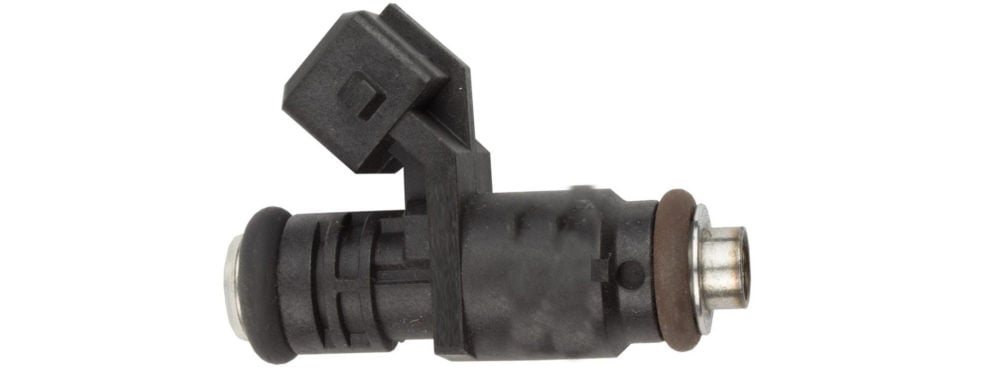Modern vehicles are marvels of mechanical as well as electronic engineering. That’s because they have several computer systems to control, monitor, and self-diagnose the myriad of mechanical, electrical, and other systems necessary for smooth and safe functioning of the vehicle. The way that most vehicles communicate a fault to their driver is via the Check Engine light. Some newer vehicles may also display a text message within their multi-information displays, further helping drivers identify the source of a fault.
Is the Check Engine light something to fear? Not always, but it’s never something to ignore. Seeing this light means something is wrong in your car, and your Engine Control Unit (ECU) or Engine Control Module (ECM) is alerting you. Plugging in a diagnostic reader or taking your vehicle to a workshop will yield the relevant error codes (or codes) causing issues. Today, we will talk about four codes that broadly indicate the same fault, albeit in various parts of your engine. This is the P2195, P2196, P2197 and P2198 code family. A word of warning: these codes are pretty serious, and if you encounter them, don’t keep driving your vehicle; ignore them. Read on to discover why.
What Are the P2195-2198 Codes?
The P2195, P2196, P2197, and P2198 indicate if your vehicle’s oxygen sensor, or O2 sensor, is reading a mixture of fuel and air that is too lean or too rich. Typically, there has to be a specific ratio of air to fuel for effective combustion. If the ratio is too lean, the mix has too much air. If the ratio is too rich, the fuel proportion is too high. If you continue to drive in this state, either condition can result in incomplete combustion, reduced power, increased fuel consumption, poorer emissions, and engine damage.
The beauty of the P2195-2198 code family is that they can tell you exactly whether the mixture is too rich or too lean and which bank of cylinders is facing the issue. Hence, the codes mean:
- P2195 – O2 Sensor Signal Stuck Lean – Bank 1 Sensor 1
- P2196 – O2 Sensor Signal Stuck Rich – Bank 1 Sensor 1
- P2197 – O2 Sensor Signal Stuck Lean – Bank 2 Sensor 1
- P2198 – O2 Sensor Signal Stuck Rich – Bank 2 Sensor 1
What are bank 1 and bank 2? You only have one bank to worry about if you’ve got an in-line four-, five-, or six-cylinder engine. However, if you’ve got a flat four, V4, V6, V8, V10, or V12 engine, then you’ve got two sets, or banks, of cylinders. Typically, the left-hand side set is bank 1, and the right-hand side set is bank 2. However, you should always check your vehicle’s owner’s manual or shop manual to determine which is which.
What Are the Symptoms and Causes of the P2195 Code?
You'll know something is amiss if you’ve got a P2195 through P2198 code (or codes). Symptoms include:
- Illuminated Check Engine light or a message in the multi-information display informing you of this issue.
- Visible smoke is emitted from the exhaust tailpipe when the engine is running, increasing in volume and thickness upon acceleration.
- Reduced fuel economy, as well as decreased engine power when accelerating.
- Noticeable hesitation or misfires while driving.
- Engine overheating, particularly after extended periods of driving.
How Serious Is the P2195 Code?
These codes are considered quite serious, as they signify that your engine isn’t working as it should to make power. Hence, ignoring these codes can result in significant repairs that cost thousands of dollars. Experts recommend taking your vehicle to a workshop as soon as possible since the underlying cause for these codes could be more serious than a simple sensor or wiring malfunction. Furthermore, your vehicle may not be legal to drive in this condition, particularly if there is a significant volume of visible smoke emitted from the tailpipe.
How Easy Is It to Diagnose These Codes?
Diagnosing these codes is pretty straightforward. When you see the Check Engine light illuminate or encounter any of the above symptoms, most vehicle owners should take their vehicle to a competent garage and ask for a diagnostic scan to be run. The shop will then be able to access the relevant error codes and provide a diagnosis.
However, if you’re an automotive enthusiast or DIY mechanic, you probably have your own OBD2 performance monitor, which may include diagnostic scanning abilities. If you don’t, you can pick up one from us. Simply plug in your device (if it’s not always plugged in), fire up the companion app, and you’ll be able to view the error codes. Now, what do you do?
Our advice for the P2195, P2196, P2197, or P2198 codes is, unless you’re very competent or trained in automotive engineering, it’s best to take your vehicle to a garage. That’s because while a faulty sensor or wiring issue can cause the error code, it’s also possible that there may be a far more serious problem with your vehicle.
Serious problems may include vacuum system issues, fuel system issues, or even problems within the engine itself. Diagnosing such issues can take time and require disassembling some of these items. That’s why we strongly recommend leaving this one to a professional – unless you’re at a similar level of knowledge and experience.
Check Engine Light? Contact JEGS
Check Engine lights need not be feared. If yours is illuminating, take your vehicle to a workshop, and they’ll help you. But in the meantime, talk to us at JEGS. We’ve got a great range of aftermarket parts, so you’ll likely find your replacement sensors with us. Then, you can delve deeper into our catalog and discover the exciting world of performance improvement, cosmetic enhancement, and interior upgrades. All our products come with excellent customer support and all applicable warranties. Rest easy with JEGS, much like our customers have been doing since 1960.
